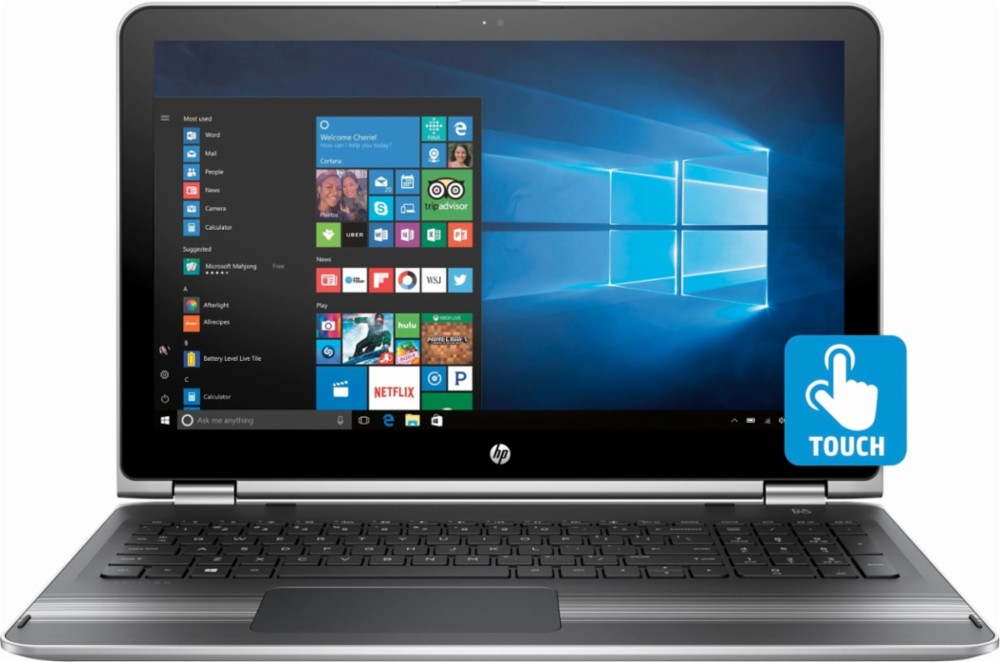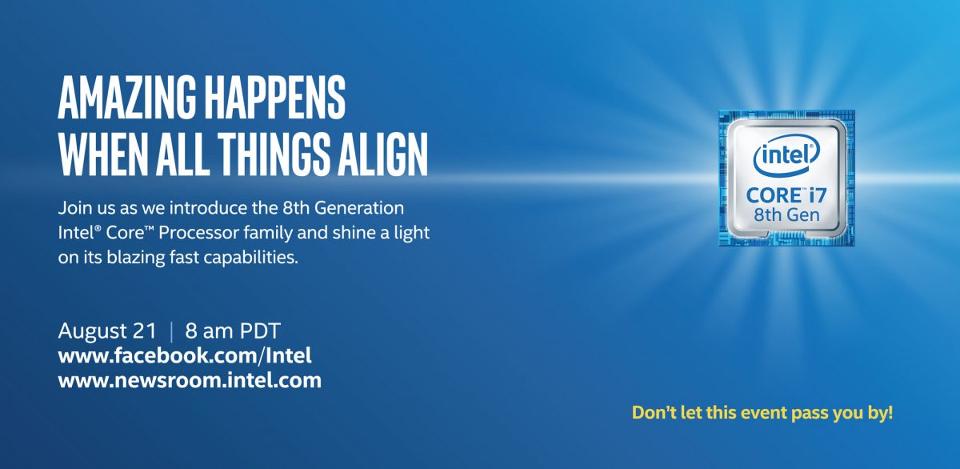Intel’s Reveal of Post-8th Gen Processors Shows Off a Bright Future
Intel’s reveal of the 8th generation Cannon Lake processor Line was exciting, and it’s surprising that the company has actually unveiled in some form their next line before that one has even released. The Cannon Lake processors are 14nm, while the Ice Lake ones will be 10nm. Right now, the Cannon Lake processors can only have information viewed by Intel’s decoder page – keeping an element of secrecy while also revealing the existence of the upcoming processor line. It shows SKU lines for Y, U, H, and S variants. This generally means that they will be used in a wide variety of computer types, ranging from tablets to laptops and of course, tower-based desktop machines.
The U line is generally meant for really low-power devices, like a low-end laptop or a two in one. The Y line is generally made for mobility – so they offer up solid performance in a thin and fanless design. They are commonly found in two in one computers or in a traditional laptop. They produce less heat and are ideal for anyone who truly does just need something that is for basic use only. They’ll be fine for document editing on the go, web browsing, movie watching or playing either low-end independent games or older PC games. They aren’t for tech-heavy users or anyone in need of a lot of power. With this line included in the Cannon Lake line, it looks like they will be offering it in some lower-spec devices, which could be huge.

On a higher end of the spectrum, we have the H line, which is generally used for low to mid-range laptops running an i3. These generally find a good mix between price and power, and will at least allow you to do more power-hungry tasks like more recent gaming or media-related multi-tasking. Depending on what kind of power they can get out of these, this could open the door for lower-cost devices to deliver better than expected performance results. While it’s unlikely that a low-end device in two years would completely eclipse a mid-range device, it would be great to see the gap get closer between then.
Anything that offers up a better bang for the buck when it comes to pre-built machines is good for everyone as it drives more competition between PC makers and also allows people with just about any budget limitation to get a well-crafted device that will run reliably and won’t slow down their possible workload. For desktop users, the S line generally indicates processors with performance in mind. These are going to be used in a higher-end non-gaming device – something that would feature an i7 processor, but, wouldn’t always be loaded with tons of memory for gaming-related tasks. Now, this all could mean that Intel will just scale pricing upwards – and that should be expected for a little while. If that’s the case, then consumers wouldn’t really see a huge benefit from these new processors if they’re on a tight budget until probably 2020 or so. Assuming these launch in 2018, then that would give the marketplace two years to have various Cannon Lake processors out there and that also means that there will be more time for fine-tuning.
Based on what the decoder site says, it looks like they will also be using the S line in a mini PC, while the H and U SKUs will each be used in notebooks and two in ones alongside Y SKUs. It’s a shame that this kind of reveal takes away a bit of the excitement over the 8th gen stuff, however, there are several ways to look at this super-early tipping of the hand by Intel. The best reason that Intel would have for revealing this so early is that it shows consumers that they are always creating new processors – having a company that gives the impression of never-ending forward momentum is an easy way to give people confidence that they will never stop innovating.
By having more products in the pipeline, it can be argued that they might wind up spreading themselves too thin. Intel chipsets are used in so many types of devices that if an issue crops up where one particular SKU comes up with regular weaknesses being reported regularly, it can cause customers to sour to the company. Intel could shift blame to hardware partners, but would be wise to not do so and just accept any possible responsibility. They would be better served to only do that if it is truly the problem of the device maker and not theirs – and then release a statement about ensuring higher quality-control to ensure that these issues don’t repeat themselves.
Hopefully, Intel releases more information on this upcoming line of processors within the coming months. With the 8th generation processors not even on the market yet, it wouldn’t be surprising to see a full unveil held off until 2018. The information shown off already shows great promise – with a wide variety of processor types set for release. Users seeking a new computer of any form factor should wind up with something that will work for them. Most users will probably want to spend a bit more and get a higher-end device – but for someone buying a computer for a younger relative who may not be the most careful with their device, it’s understandable to not want to spend a lot. Hopefully, this new line will open up the doors to better overall performance for users of all income levels. Right now, Intel is hyping up its big August 21 event where the 8th generation Coffee Lake processors will be unveiled – so depending on how well that goes, we might just see a reveal of these sooner than expected.





















